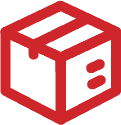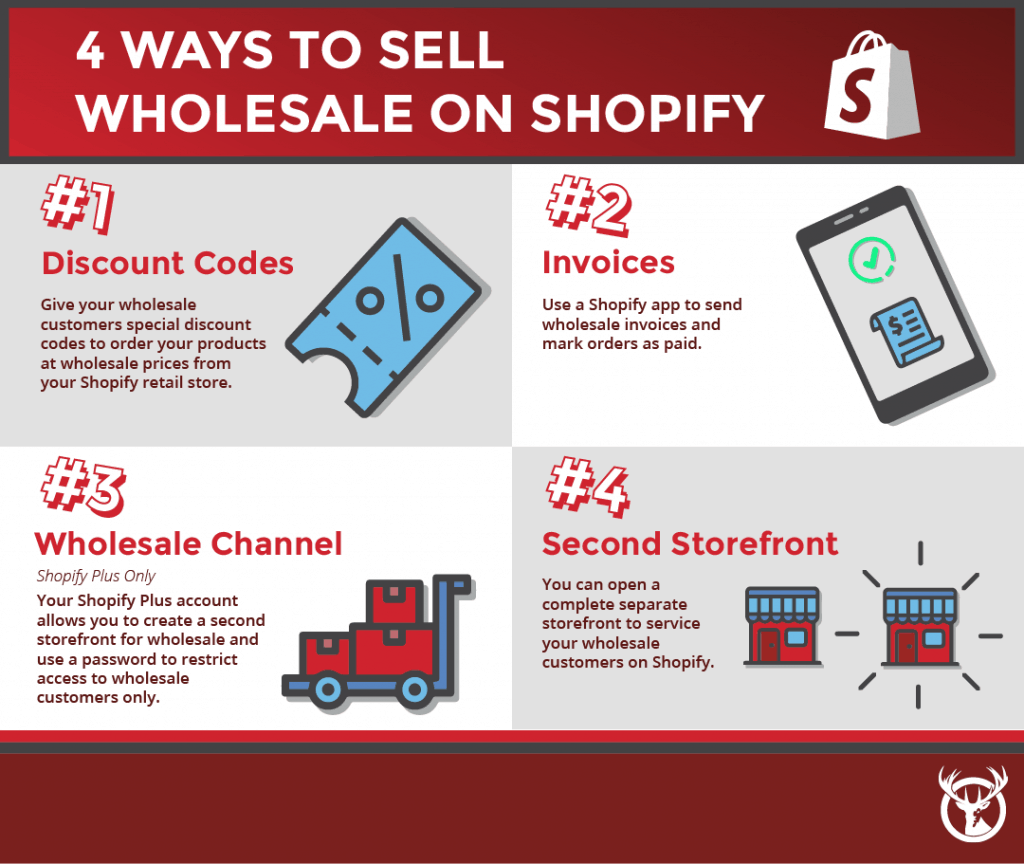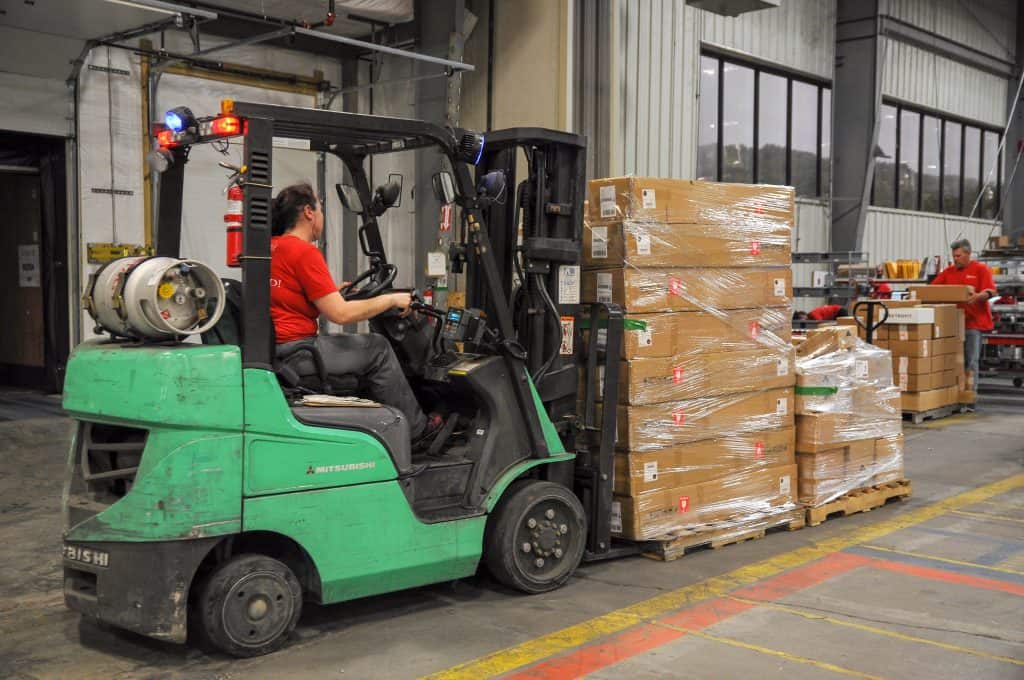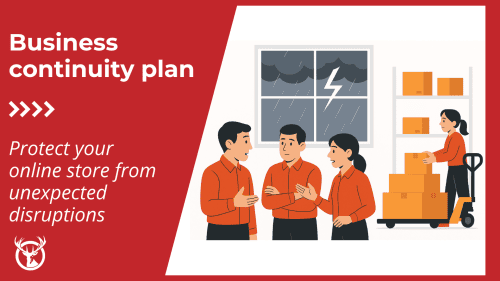A wholesale business is a great way to jump-start or expand your existing Shopify store. Perhaps you’ve been approached by businesses that want to buy your products wholesale. Or maybe you want to expand your markets. A Shopify wholesale store is a good place to start. If you’re a Shopify Plus seller, there’s a channel waiting for your wholesale store. Even without Plus, it’s not hard to offer wholesale prices to select customers on Shopify.
That’s not to say that you won’t find challenges. Adding a B2B segment to your consumer-facing eCommerce retail business requires a whole different mindset. Wholesale customers have different pain points and needs from end consumers.
However, wholesale Shopify selling solves problems for eCommerce wholesale. The platform’s wholesale services combine a wholesale business model with an eCommerce approach. Here’s what you need to know to start selling wholesale on Shopify.

TL;DR:
Shopify wholesale essentials

Wholesaling on Shopify can be a profitable way to grow your business with larger orders and fewer customers.

Only consider wholesale if you have healthy margins (50%+) and a stable supply chain.

Shopify offers four ways to sell wholesale: discount codes, invoices, a wholesale channel (Shopify Plus), or a second storefront.

Wholesale can bring more predictable revenue, improved margins, and expanded market reach.
Who should sell wholesale on Shopify?
Wholesaling is not a good fit for every business. However, it’s an option you should consider if you want to grow your business.

Downsides of selling wholesale
You should not start a Shopify wholesale store if:

Your margins are slim. Your wholesale customers will expect to take a markup of 50% or more. If you cut to the bone to sell wholesale, there might not be enough profit left to make it worth your while.

Your supply chain is unstable. When a business places a wholesale order, it is counting on you to deliver on time. If you can’t provide the goods it’s counting on, you could end up with canceled orders and disgruntled wholesale customers.
Another consideration when you use Shopify wholesale is where your products will retail online. Will the competition hurt your retail sales in your Shopify store?
On the other hand, selling wholesale could be great for your business. You might even decide you prefer wholesaling to retailing. You could end up with a business focused on selling your products to other sellers.
Benefits of selling wholesale
Consider these positive aspects of opening a wholesale storefront:

When you sell wholesale, you ship large orders to a small number of customers. You have more of an opportunity to develop relationships with a few wholesale customers. That’s much harder to do with hundreds or thousands of retail customers.

Wholesale customers can provide you with more predictable revenue with repeat sales.

Dealing with fewer customers can save you on customer service. Your fulfillment and shipping costs will also be much lower.

Volume sales may allow you to increase your manufacturing volume and decrease your cost of goods sold. This could give you a better margin on all your sales.

You don’t have to worry about collecting sales taxes when you sell wholesale. That is the responsibility of your wholesale customer.

Wholesale buyers ask different questions than retail customers. Your end consumers want to know how your product will delight and benefit them. Wholesale buyers want to know how well your products will sell in their shops and eCommerce stores. If you like marketing to this audience, wholesale can work well for you.

Selling wholesale can expand your market reach. If you have a great product, but not a lot of visibility online, wholesaling can increase your reach. Your wholesale customers will do much of your marketing for you.
Wholesaling doesn’t remove all of the marketing burden from you. You’ll still want to promote your products on social media and through other channels. The buzz you create to get consumers interested will tell other retailers that your product is in demand. That will help convince them it’s a good choice for their stores.

Is Shopify good for wholesale?
Shopify wholesale makes it much easier for you if you are already selling products to wholesale customers. It can be hard to open both wholesale and retail channels online and keep the two separate. Most companies that do both need to use a completely separate channel for wholesale sales. Shopify wholesale allows you to reach retail and wholesale customers on the same platform.
When you sell wholesale on Shopify, you can track all your inventory in one place. Your wholesale customers can pay you through Shopify. You never have to chase after late invoices again.

PRO TIP: Shopify’s wholesale channel provides a 24/7 order center, allowing customers to place orders even when your office is closed—perfect for selling to businesses in different time zones.
In addition, Shopify wholesale lets you have a wholesale order center that’s open 24/7. Customers can place orders even when your office is closed. This is particularly useful if you wholesale to businesses in other time zones.
You’ll find that selling wholesale makes order fulfillment much easier, too. By partnering with a Shopify 3PL, you can ship whole pallets, crates, or large boxes. This is cheaper to pick and pack than a lot of small orders.
If you haven’t tried selling wholesale before, Shopify wholesale is a great way to start. If you’re serious about wholesaling, you might want to invest in Shopify Plus. But you don’t have to do that to open a wholesale store on Shopify. There are several other ways to sell wholesale on Shopify.
4 ways to sell wholesale on Shopify
There are four different routes to selling wholesale on Shopify. You can start with the simplest method (discount codes) and work your way up to more involved Shopify wholesale options. It’s easy to test and see if wholesale works well for your products before you spend a lot of time and money. However, if you already sell wholesale, you might consider a wholesale channel or second storefront.

Discount codes
01
This is the easiest method for selling wholesale through your existing Shopify storefront. You simply set up discount codes that you only give to wholesale customers. This is a great way to find out if Shopify wholesale might work for your business.
The simplest way to use discount codes for wholesale on Shopify is to offer the same discount on all the products you sell. That way, you can give your wholesale customers one discount code to use. You can also set up different discount codes for specific products. This is useful if you can’t give the same percentage markdown on every item. However, if you have lots of different products, this could be cumbersome.
Another option is to arrange the order with your wholesale customer. You can set it up in your Shopify store with the appropriate discounts. Then your wholesale customer submits a purchase order, which you use to create an invoice. This gives you more control than when your customer places the order themselves.

Best practices: Set up a shipping rule for wholesale orders before you start your Shopify wholesale business. That way you won’t overcharge your wholesale customers for shipping.

Downside: Wholesale customers are often price-conscious. Your Shopify store won’t display your wholesale pricing. Your wholesale customers will have to do the math to figure out the cost to order from you. If you offer different percentage discounts on different products, this can get confusing.
Invoices
02
Customers who buy wholesale are often used to being invoiced for their purchases. If your wholesale customers are more comfortable with that method, you can still use Shopify wholesale.
To invoice your wholesale customers through Shopify, you’ll need the help of an app. There are many wholesale apps in the Shopify app store that can help you with invoicing.
Invoicing allows you to give your wholesale customers terms. A common term is net 30. This means that, if your customer pays your wholesale invoice within 30 days, they pay the net amount on the invoice. If they pay later than that, you can add interest charges. You may have similar terms from the places where you buy your materials or the manufacturer who wholesales to you. It’s not necessary to stick with net 30. You can offer a shorter or longer term. Or you may choose not to offer terms on Shopify wholesale orders.

Best practices: Before you offer terms to a new wholesale customer, get references. Better yet, get paid upfront for the first few wholesale orders. Establish a relationship before you offer payment terms.

Downside: Invoicing is old school. It adds paperwork, and you may have to wait longer to get paid.
Wholesale channel
03
If you are on the Shopify Plus plan, there’s a better way to sell wholesale on Shopify: a wholesale channel. The Shopify wholesale channel is a password-protected storefront for your wholesale customers. There, your customers can see all your products with the wholesale prices you assign to them.
The benefits of this approach are that you don’t have to set up a whole separate wholesale storefront. This channel is built on your retail store. And, because your wholesale store is password-protected and not indexed by search engines, you can restrict access. You can make sure that only your verified wholesale customers can shop in your Shopify wholesale channel.
In addition, the Shopify wholesale channel gives you lots of options for pricing and invoicing. You can price all your products at a wholesale discount that’s the same for all your products. Or you can set up wholesale prices based on a wholesale price list. Your wholesale channel can include volume discounts, a feature that will appeal to your wholesale customers. You can even set up your wholesale channel so different wholesale customers see different prices.

Best practices: Create a plan for your Shopify wholesale channel before you start to configure it. Make sure you set up the pricing and invoicing options that will work best for your wholesale customers.

Downside: With more features comes more complexity. It will take some time to set up and maintain your Shopify wholesale channel. It can be worth it, however, if wholesale is an important part of your business.
Second storefront
04
You can set up a separate Shopify storefront for your wholesale sales. This is a great option if you have a lot of wholesale volume, but you aren’t on the Shopify Plus plan. You can create a storefront that emphasizes the things that matter to your wholesale customers. You might highlight turnover rates and volume discounts rather than simply the product features.
When you set up your second storefront, you can transfer items from your Shopify retail store. This saves you from manually entering all your products in your Shopify wholesale store. You can also put your wholesale storefront behind a password. This keeps it accessible to only your wholesale customers.

Best practices: Get an app that will let you synch the products between your Shopify wholesale and retail stores. This will save you from having to enter every new product in two places. It also reduces the chances of errors. You’re less likely to leave discontinued products in your Shopify wholesale storefront.

Downside: You have to manage two stores instead of one. This is an extra expense in terms of money and time. However, it’s an investment in your Shopify wholesale business.

Is Shopify wholesale right for your ecommerce business?
Shopify offers you several ways to sell to wholesale customers. Shopify wholesale is a great way to try out wholesale for the first time. It’s also a terrific option if your business already has wholesale operations. With Shopify wholesale, you can streamline and simplify your wholesale order processes.









